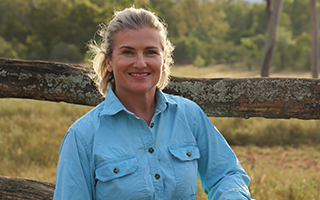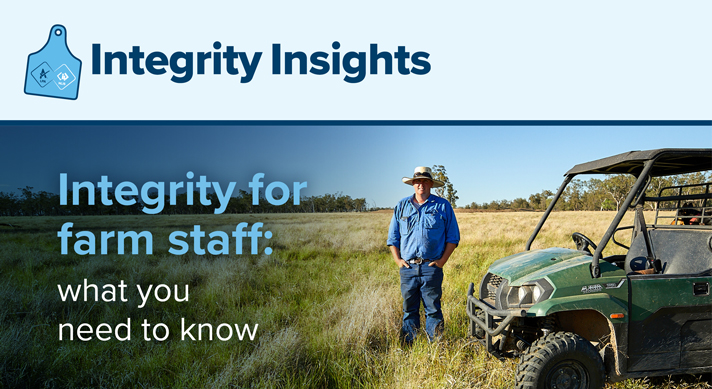Run an early warning (EW) status report
Related information Run an early warning (EW) status report Early Warning (EW) is a status within the ... high-risk. The EW status helps monitor and manage food safety and biosecurity risk along the entire supply chain. It is the vendor’s responsibility
read moreWebinar: Hobby Farmers and Small Landholders
Online Hobby Farmers and Small Landholders Online Webinar Date: Thursday 14 November Time: 7pm AEDT Location: ... learn the basics about Property Identification Codes (PICs), biosecurity, livestock movements, and what ISC’s requirements are. Who
read moreISC 17 August 2021_LPA Part 2 Flyer.pdf
final three modules: • Livestock transactions and movements • Biosecurity • Animal welfare It will also provide handy tips for meeting
read moreTraceability critical to accessing the EU market
critical to high-intensity facilities, such as feedlots. Biosecurity critical to intensive beef production a Black Angus, Herefords ... accreditation in LPA level 1 (food safety, animal welfare and biosecurity). Simon says the LPA QA system has opened many doors for
read more
Livestock Production Assurance
The LPA program is the on-farm assurance program that underpins market access for Australian red meat.
read moreDo you need LPA accreditation
required to assure food safety, animal welfare and on farm biosecurity. You must be LPA accredited to access NVDs and eNVDs. The ... required under state biosecurity legislation. LPA accreditation is vital for Australia’s food safety, biosecurity and market access
read moreWhy an updated NLIS matters to producers
responsibilities to track cattle movements in line with Australia’s biosecurity regulations. This means recording my livestock transfers ... a more comprehensive system that not only strengthens our biosecurity measures significantly but also supports and benefits the
read more
Integrity for farm staff: what you need to know
Do you employ farm staff or are you a farm manager? Here’s what you need to do to ensure integrity requirements are met on your property.
read more
ISC NLIS Flyer_generic.pdf
sheep and goats. NLIS reflects Australia’s commitment to biosecurity and food safety and provides us with a competitive advantage
read moreISC NLIS Flyer_6 Sept 2021_VIC_FA.pdf
sheep and goats. NLIS reflects Australia’s commitment to biosecurity and food safety and provides us with a competitive advantage
read more